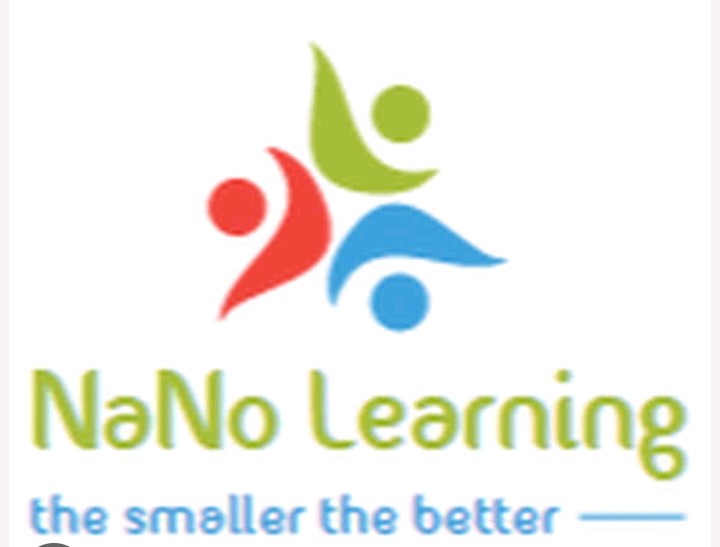Nano learning is a learning design trend created to educate learners on a topic through short, informal learning particles, usually less than 2 minutes long. There is no interaction with the instructor as it is carried out via electronic media.
Due to the popularisation of social media platforms such as TikTok and Snapchat, fast paced content is becoming increasingly prevalent, with generations now learning more from short videos than traditional lesson formats.
Nano learning is self-contained, by offering small, highly targeted nuggets of information with a single objective, to learners. It can contain a wide variety of multimedia such as text, video, sound, and images, all of which keep learners engaged. Nano learning is also very responsive as it can be viewed on a range of different devices.
An example of nano learning might be a brief video tutorial or infographic that teaches a specific skill or concept in just a few minutes. For instance, a short video demonstrating how to use a new software feature or an infographic explaining a complex topic in a simplified way.
Examples of nanolearning include infographics, quick tutorials, and short snippets of information.
The main reason someone might choose one form of bite-sized learning over another depends on the specific learning need and context.
